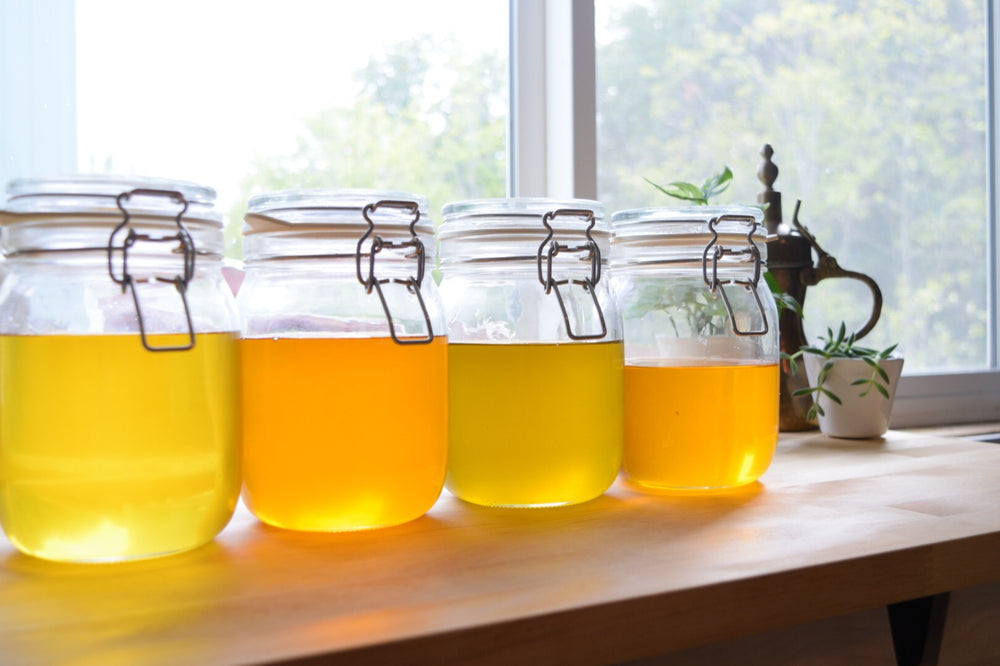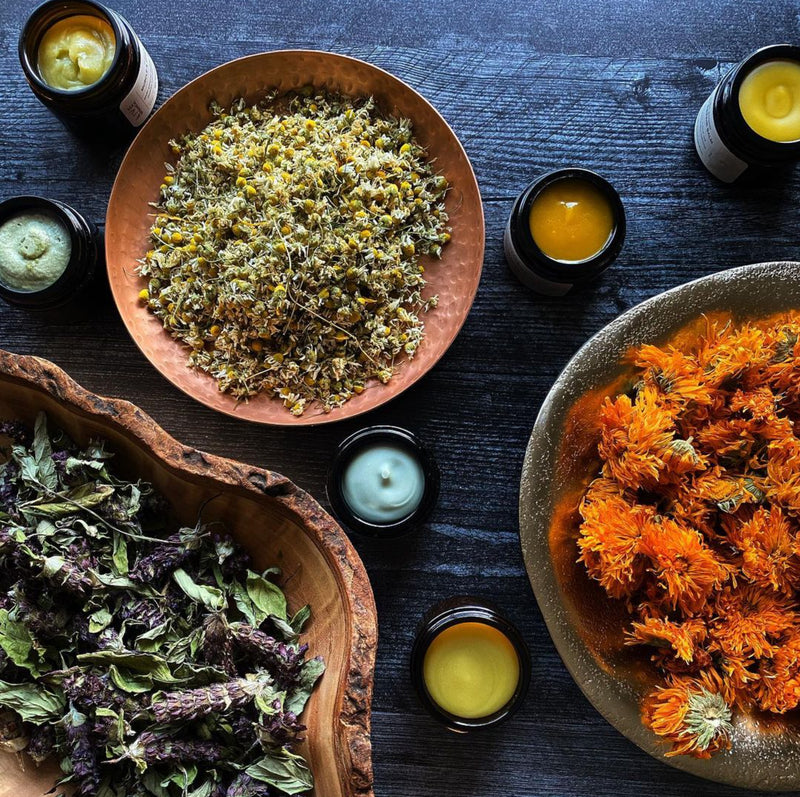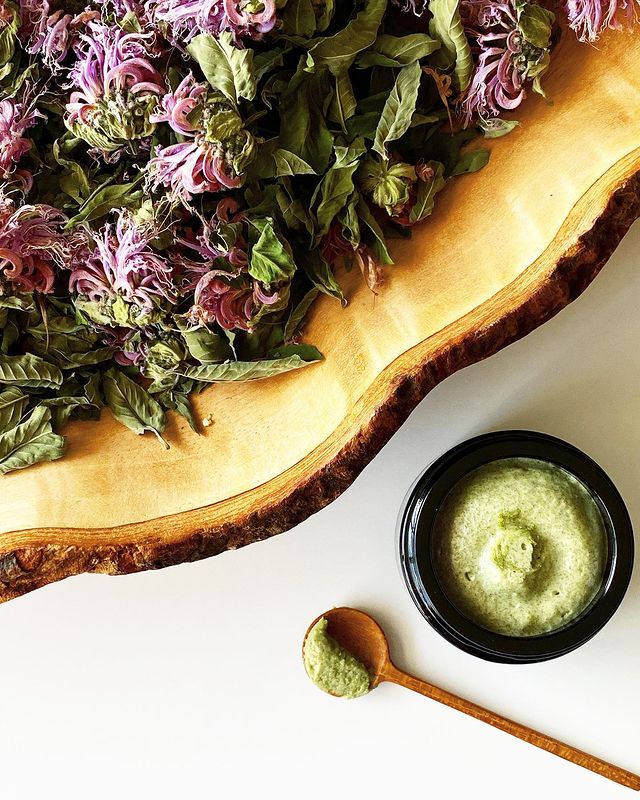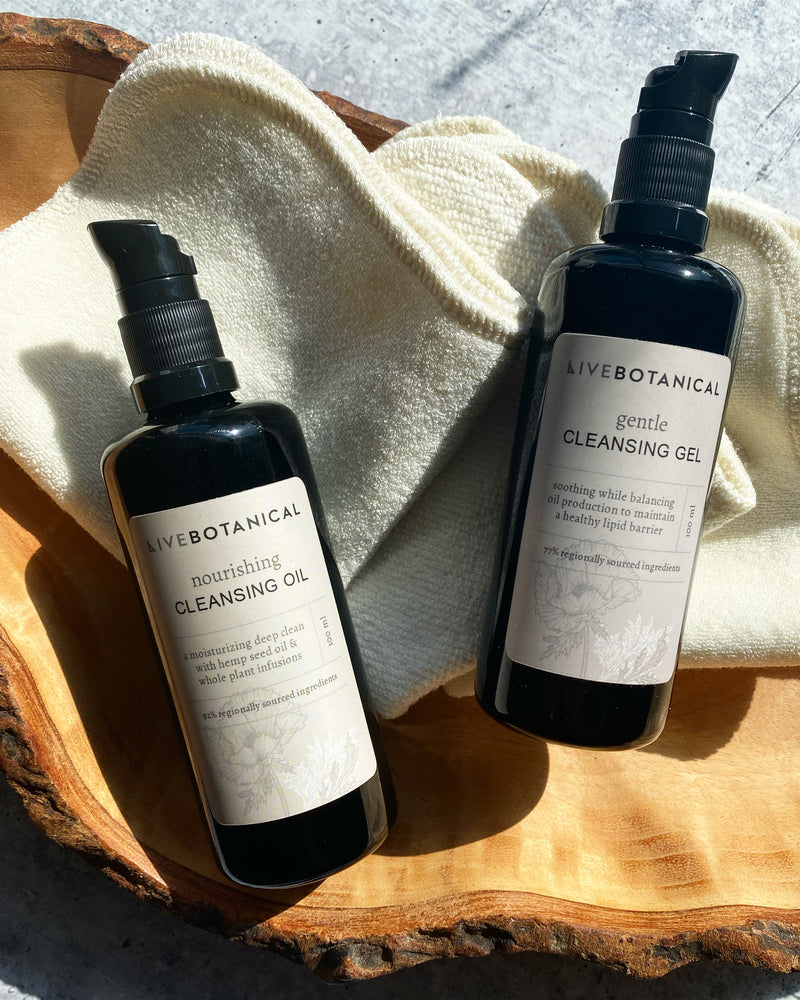I could do a series just on cleansing oils. It’s a favorite cleansing option here at Live Botanical and feel they can fit in with any ritual.
Tying into the Cleansing Gel article, I am believer that those with adequate or extra oil production can do well with either type of cleanser. If you're dry and have limited oil production, cleansing oils and creams are preferred.
One of the many benefits to cleansing oils is for a deeper clean and remove makeup that is in a base of oil (common in green cosmetics) and sunscreen. If your makeup and sunscreen is oil-free then either cleansing option is great. This comes from the idea of “like dissolves like”, meaning oil as a solvent can dissolve oil on the skin.
There are 2 distinctions with cleansing oils - with or without emulsifiers (surfactants).
Cleansing Oils Without Emulsification
This is the classic approach, where you spend time to massage the skin to “melt” off what you hope to remove from the skin and rinsing off with warm water and a washcloth.
If this is the only cleansing method you use, I do recommend doing a double cleanse with something that has some type of cleansing agent in it at least a couple times a week. Working to remove heavier particles that can come from pollution or if you wear makeup and sunscreen.
Excess buildup can cause dullness and possibly more breakouts/flare-ups.
Non-emulsified cleansing may not be the best choice for excess oily skin. Not having something that removes what was dissolved is adding more oil to skin. The amount of oil we produce is inherent to our hormones (genetic or otherwise) and there isn’t a lot of solid science that confirms there is a feedback loop that removing too much oil causes more oil to be produced.
On the opposite end - if you're dry or lipid barrier is compromised, not maintaining your natural oils can lead to sensitivity and more breakouts from a disrupted biome. We take this into consideration with all products we create.
If you would like to try an oil cleanser without an emulsifier we offer the Vibrant Garden Universal Oil which is both a facial oil and can act as a luxe cleanser. There is also a list oils at the end of this article to create your own if you feel inclined.
If cleansing without any surfactants works for you, then that’s amazing and always trust your intuition. Though if you find it doesn’t, know that it’s not anything you’re doing wrong.
Cleansing Oils With Emulsification
As mentioned in the cleansing gel article. There are a myriad of surfactants that are gentle. In cleansing oils or balms you often see emulsifiers or ester emollients as the "surfactant".
After the oil dissolves dirt and grime and you’re ready to remove, water is added to create a milky texture like our Nourishing Cleansing Oil. This is the oil and captured debris in order to be rinsed away more easily.
Without gentle, deep cleansing with a proper emulsifier or surfactant the skin can sometimes feel strained which inhibits what I call cellular communication. Knowing that the “dead cells” on the very top layer of the skin aren’t actually dead but do communicate activities like desquamation (natural peeling/renewal process that slows down as we age).
The benefits of an oil (or cream) base is it reduces tightness and softens the skin. I use low dilution of an ester emollient to not dissolve our natural oils so a washcloth may still be needed at the end depending on what you’re removing (like heavy makeup).
For oily skin types this is a better option when removing oil based makeup & sunscreen. Then follow up with a cleansing gel if needed.
For dry and adequate oil producing people, a cleansing oil with an emulsifier/ester emollient is often enough.

Types of Oils
There is not necessarily a lot of differences between a facial oil and non-emulsified cleansing oil.
In both cleansing oil types it’s really a matter of preference with some trial and error. As with most skin care, looking at a formula alone doesn’t always signal what will work for you.
Rich oils or those considered high in oleic acid (like olive oil) or lauric acid (like coconut oil) may not be the best approach for a non-emulsified option given they are more prone to settle into the skin. There is also some studies that show too high of oleic acid in an overall formula can impact lipid barrier function. Though in balanced amounts they are fine.
Jojoba or meadowfoam are popular options given the similarity to our natural sebum. These are good starting points and gives a nice rich texture.
In my research and experience a good blend is jojoba/meadowfoam with higher linoleic acid oils (these tend to be seed oils like sunflower, pumpkin and hemp) as they are lighter in nature and less likely to cause breakouts. Some studies suggest those with more reactive skin has less of this type of essential fatty acid so incorporating can often support rebalancing efforts. Have fun with the process and choose oils that resonate with you.
Final Thoughts
In my years of working with people, research and experience, skin care is so much about preference. We are surrounded in a sea of options and there isn’t just one way to get the job done properly.
There are others I haven’t covered like cleansing creams - which are also a great option. Using the same understanding of what emulsification/surfactant system is in place will make the difference.
Other considerations for super sensitive people is limiting abrasive options like excess use of a washcloth, essential oils and harsh particles. Again the emulsified oil would be better than the traditional cleansing oil method since it requires quite a bit of rubbing with a cloth to remove debris.
In the next article I’ll be covering non-traditional cleansers.
~ Carolyn, owner & maker



















